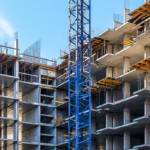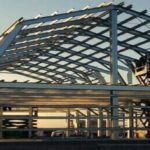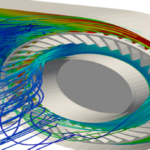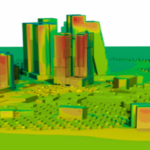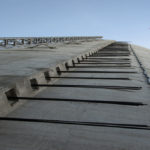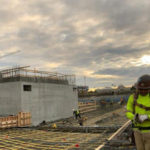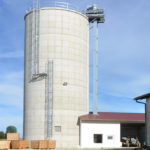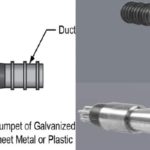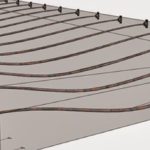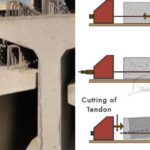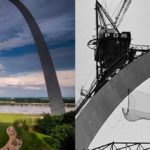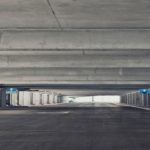Blog
Wind Turbine Basic Strengthening Projects

Due to reasons such as the wind turbine that is getting older in our country, the fatigue of the construction inventory and the construction-related errors become more evident, some problems occur in the turbine structures over time, preventing the operation and sometimes even cause occupational safety problems.
In this article, we constantly give general information about the structural system of a turbine structure under dynamic loads.
Diagnosis and solution suggestions are described in general terms among the main problems frequently encountered both in our country and abroad. Our article also addresses a foundation-tower joint strengthening project that has been successfully implemented in our country.
Wind turbines are mainly structures with simple carrier systems. In these structures, there are several important components that determine the carrier system and its dynamic properties. These; the foundation is the tower structure and the mass gathered at the nacelle level. The distribution of mass and rigidity across the wind turbine carrier system is variable. This complicates dynamic behavior, even if the carrier system itself is simple.
What Are Frequently Randomed Structural Problems And Solutions?
The wind turbine structural system, consisting of a rigid foundation, a delicate tower and a mass stacked at the top, is not only simple but also has a carrier system that has no alternative in load distribution. One of the most important elements of the structural design is the parameters called redistribution. Redistribution in a structure; A weakness that may occur in any component of the structure is that other components begin to carry loads that cannot be carried due to this weakness. For example, lifting a column or beam in a reinforced concrete building often does not cause a total collapse in the building. However, in a similar situation, behavior in wind turbines is very different. Because there is no redistribution of structural loads in turbine systems. For this reason, the dynamic loads of the turbine must be fully transferred to the foundation. The slightest weakness at this point causes the whole system to become structurally problematic.
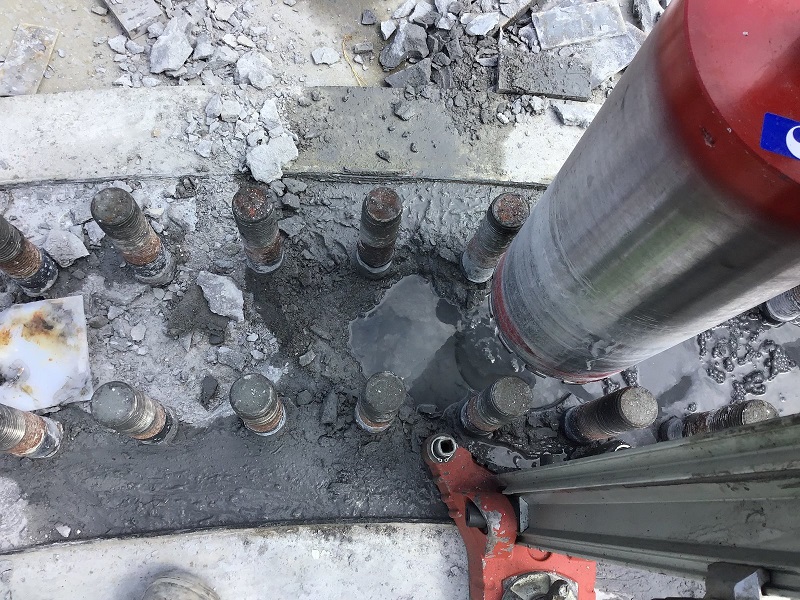
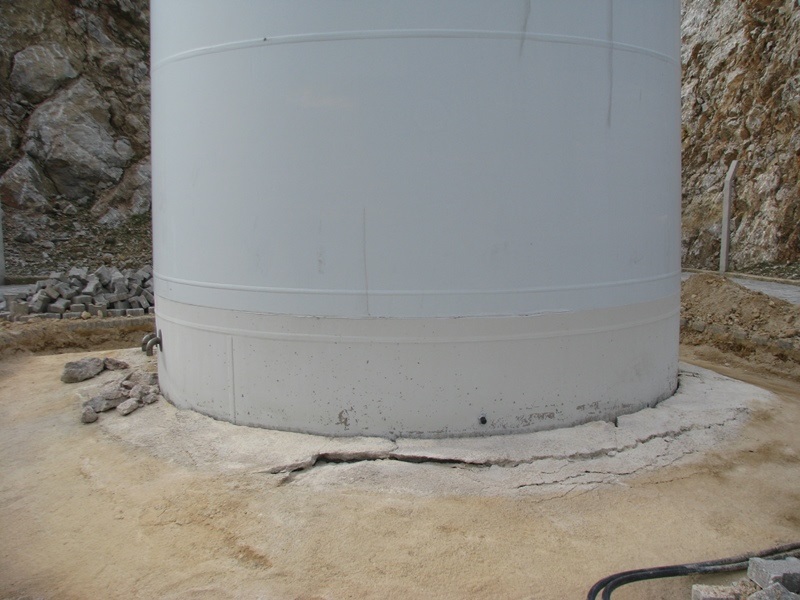
Different manufacturer companies have different tower-foundation combination solutions that have been implemented in different years. Therefore, there is no single solution to the problems that will arise in this section. In turbine structures that have stability or resistance problems, exhibit various structural abnormalities or are suspected to have structural problems, the way to be followed is to perform various tests, including structural measurements, just as in the patient-doctor-hospital relationship. Complex dynamic behavior can only be clarified from now on.
The most common structural problems in turbine towers in Turkey are related to the fundamental or basic combinations. While concrete construction, reinforcement layout and layout, reinforcement shares, concrete looms come to the fore in the foundations, a problem such as the separation of the foundation and the tower over time comes to the fore in the basic tower combination problems.
The main problems are mainly due to basic design and craftsmanship. In particular, the fundamental problems are not possible then uncovered and be seen in the rapid manufacturing process of making adequate control due to the distance and accessibility problems are quite common in Turkey. If diagnosed, these problems can often be solved by operations such as adding elements that will serve as carbon or glass fiber based reinforcement, injection, injection of layers, or concrete repair. Sometimes the solution can be very difficult or impossible.
The tower foundation joints reduce the bending stiffness at the connection point of the tower to the foundation, and at this junction point, it creates a theoretical rotational rectifier (a theoretical rotating arc) without measuring the properties rather than the full rigid connection. This causes either excessive vibrations that will prevent the turbine from spinning at high speed, or causes basically lift and cable breaks, or causes excessive oscillations on the top of the turbine, causing a structural vibration outside the stress band. This type of tower can sometimes reveal basic problems to them in very sudden ways, sometimes they cannot be detected for a long time.
In order to be able to take structural measures in tower – foundation combinations, first of all, it is necessary to determine the stiffness of the lost trend. Sometimes there may be permanent bending in the tower, then this must also be added to the calculations. The only way to transfer all these situations to the right computer simulations is to measure the real situation on the field with sensors. Then reinforcement should be done to restore this rigidity. The main difficulties in this empowerment are as follows.
- Fast application with minimum shut-off in working turbines
- Construction of a friction-based system with a controlled construction process as no welding is made to the body.
- Determining the limit wind speed considering the turbine current age and remaining cycle life
After all these are taken into consideration during the design phase, the reinforcement work can be implemented as a post-tensioned ring at the turbine base tower combination.
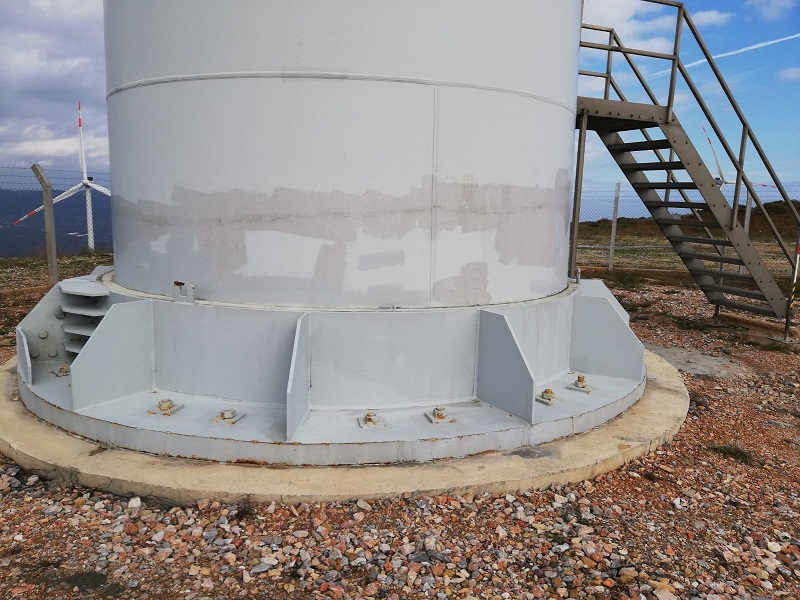
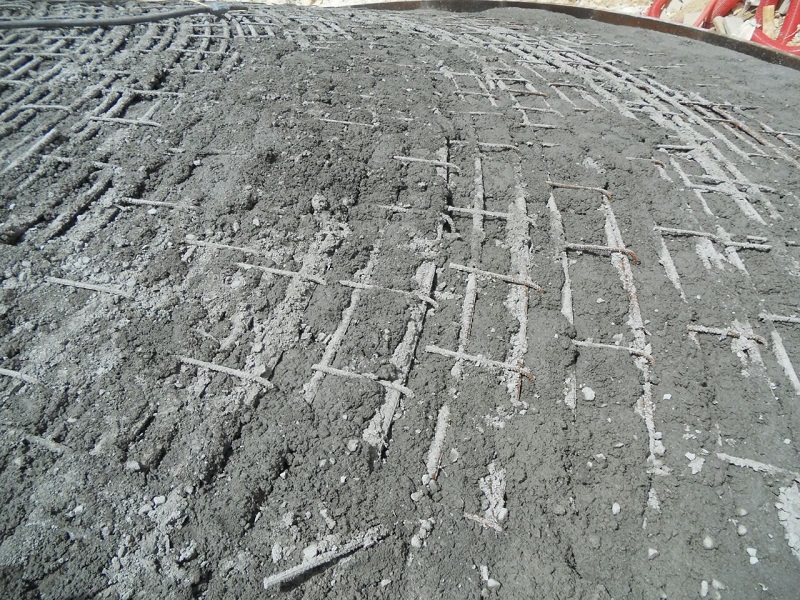
Conclusion And Evaluation
It is normal for some of the turbine structures built in fast investment processes to occur in recent years to have various structural problems or to make the existing design and manufacturing errors feel more clear. These problems can sometimes go unnoticed and cause sudden events and business interruptions. If such problems are manifested or suspicious of these problems, the way to be followed by the operator is to conduct a structural analysis, as in many countries that have made significant progress in wind energy.
When this examination is done in appropriate ways, the problem is detected with various tests, just like the patient-doctor-hospital relationship. Treatment can only be recommended after that. Even though interventions made with instant decisions and manual procedures sometimes seem useful, they do not provide permanent solutions in the long term. This type of structural monitoring sensors in Turkey by the author, Repair and made available to strengthen turbines. Appropriate structural monitoring with appropriate sensors is the most important pillar of this entire process. Then, in the light of the basic principles presented in this article or similar methods can be applied about reinforced concrete problems in the foundations and the ways to be followed for the more serious tem tower connection problems, again in this project, the turbines that are worried about their operation or can only be operated at low speeds are strengthened. production was provided with the same wind speed as normal undamaged turbines. It is often possible to achieve this with appropriate engineering approaches.
Updating the regular control procedures in the turbines of the first five years, especially those who are close to 10 years old or in past turbines, and adding parameters and controls to identify structural problems between these controls. Operators and investors can be saved from major problems that may occur later. Measuring with additional sensors in turbines that are considered to be a problem also provides important data. It contributes to the detection and solution of problems.
Latest Blog
-
Silo Static Project
29 July 2024 -
Methods Used In Earthquake Performance Analysis
4 July 2024 -
Reinforced Concrete Calculation Static Report
31 January 2024 -
Steel Calculation Static Report
31 January 2024 -
What Is CFD Analysis?
22 December 2023 -
What Are The Benefits Of CFD Analysis?
22 December 2023 -
Silo Reinforcement with Post-Tensioning Method
26 September 2023 -
Post Tensioning Method in Cantilever Slabs
4 September 2023 -
Post-Tensioning Application In Reinforced Concrete Silos
22 August 2023 -
Components Of Post Tensining
16 August 2023 -
What Are Pre-Stressing And Post-Tensioning?
11 August 2023 -
What is Prestressing?
8 August 2023 -
History Of Post Tensioning
8 July 2023





